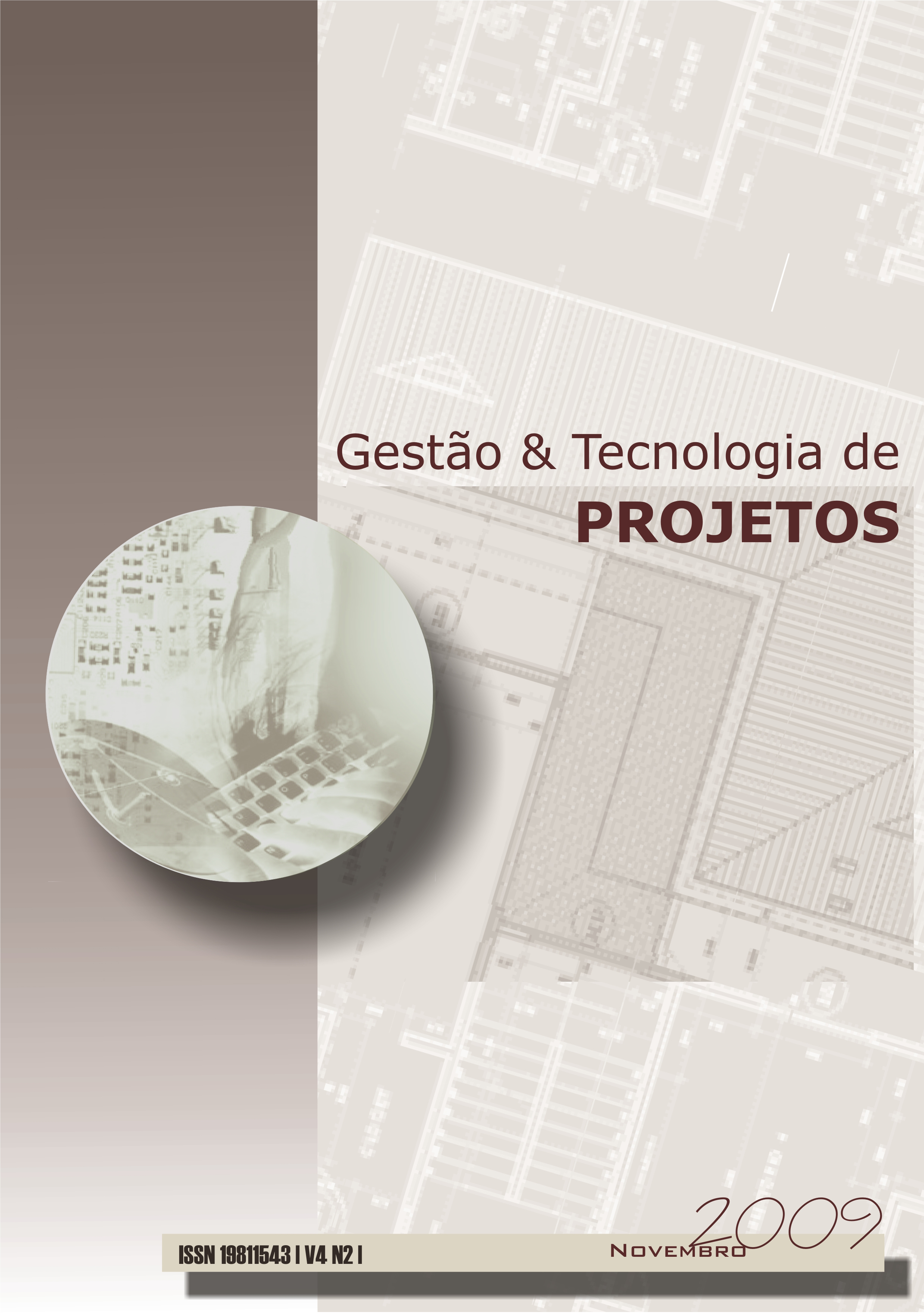Public Procurement Incentives for Sustainable Design Services: Swedish Experiences
DOI:
https://doi.org/10.4237/gtp.v4i2.134Resumo
When procuring building design services, public clients may provide incentives for the development of design tools and management practices that lead to more sustainable buildings. Procedures for selecting design professionals, including the choice of contract award criteria, can be analysed as the outcome of external and internal factors that influence procuring units. This investigation studies how the selection procedures that Swedish municipal clients rely on when procuring services from architectural and engineering consultants provide incentives for environmentally sustainable design management. Questionnaire responses from 93 Swedish municipalities show that a minority include sustainability-related criteria in tender assessments. Environmental management systems were a criterion for 30% of the respondents, while only 11% regularly used life cycle cost as a criterion. More than half of all municipalities were reported to have a general policy for services procurement, and these policies usually include environmental sustainability. However, these policies are not always followed when procuring construction-related services. Smaller municipalities are less likely to have a general policy. Consequently, incentive effects for design service firms are probably weak. Better skills and provider-selection methods among clients are needed for rewarding sustainable design practices more strongly. DOI: 10.3763/aedm.2009.0903 Published in the Journal AEDM Volume 5, Number 1, 2009 , pp. 24-35(12)Downloads
Os dados de download ainda não estão disponíveis.
Publicado
2009-12-15
Edição
Seção
Resumos de Artigos Publicados "Architectural Engineering and Design Management"
Licença
Autores que publicam nesta revista concordam com os seguintes termos:
- Autores mantém os direitos autorais e concedem à revista o direito de primeira publicação, com o trabalho simultaneamente licenciado sob a Licença Creative Commons Attribution-NonCommercial-NoDerivatives 4.0 que permite o compartilhamento do trabalho com reconhecimento da autoria e publicação inicial nesta revista.
- Autores têm autorização para assumir contratos adicionais separadamente, para distribuição não-exclusiva da versão do trabalho publicada nesta revista (ex.: publicar em repositório institucional ou como capítulo de livro), com reconhecimento de autoria e publicação inicial nesta revista.
- Autores têm permissão e são estimulados a publicar e distribuir seu trabalho online (ex.: em repositórios institucionais ou na sua página pessoal) a qualquer ponto antes ou durante o processo editorial, já que isso pode gerar alterações produtivas, bem como aumentar o impacto e a citação do trabalho publicado (Veja O Efeito do Acesso Livre).
Como Citar
SPORRONG, Josefin; BRÖCHNER, Jan. Public Procurement Incentives for Sustainable Design Services: Swedish Experiences. Gestão & Tecnologia de Projetos, São Carlos, v. 4, n. 2, p. p. 140–140, 2009. DOI: 10.4237/gtp.v4i2.134. Disponível em: https://revistas.usp.br/gestaodeprojetos/article/view/50963.. Acesso em: 19 abr. 2024.







